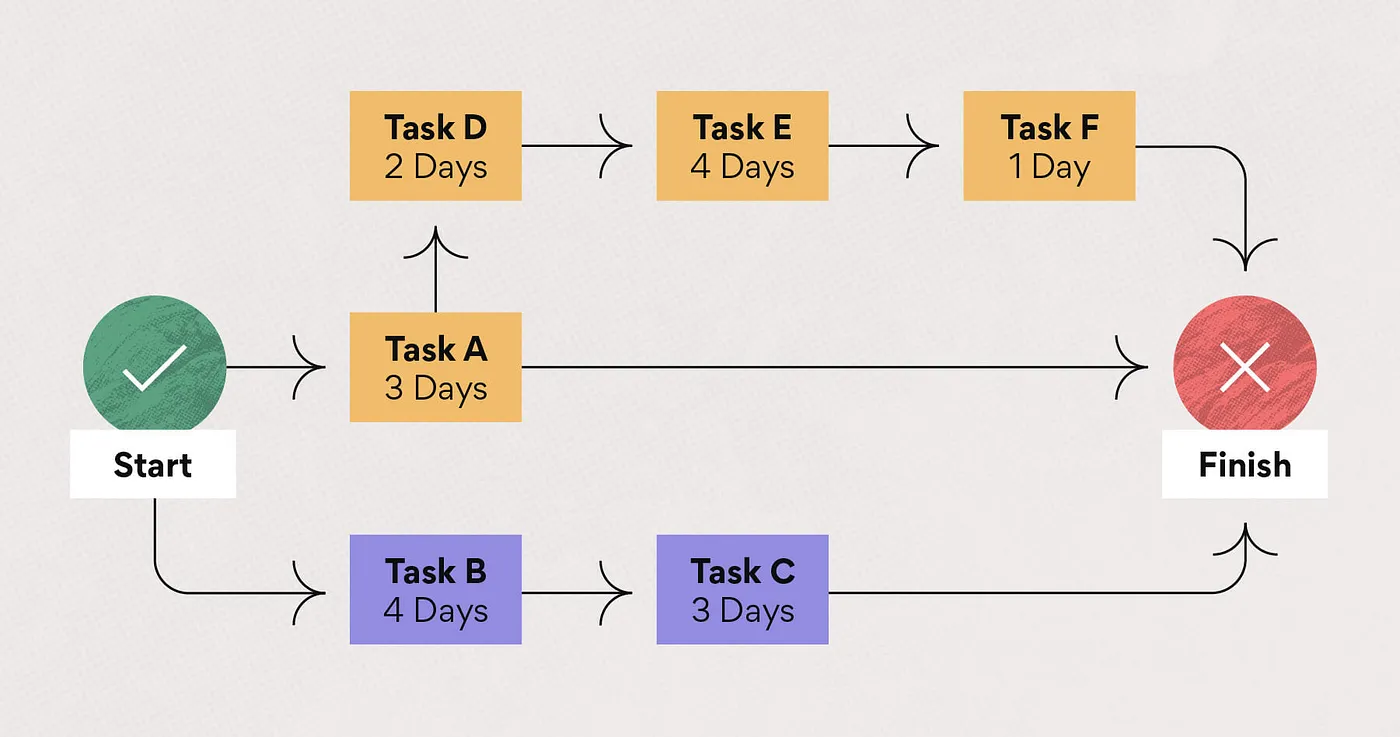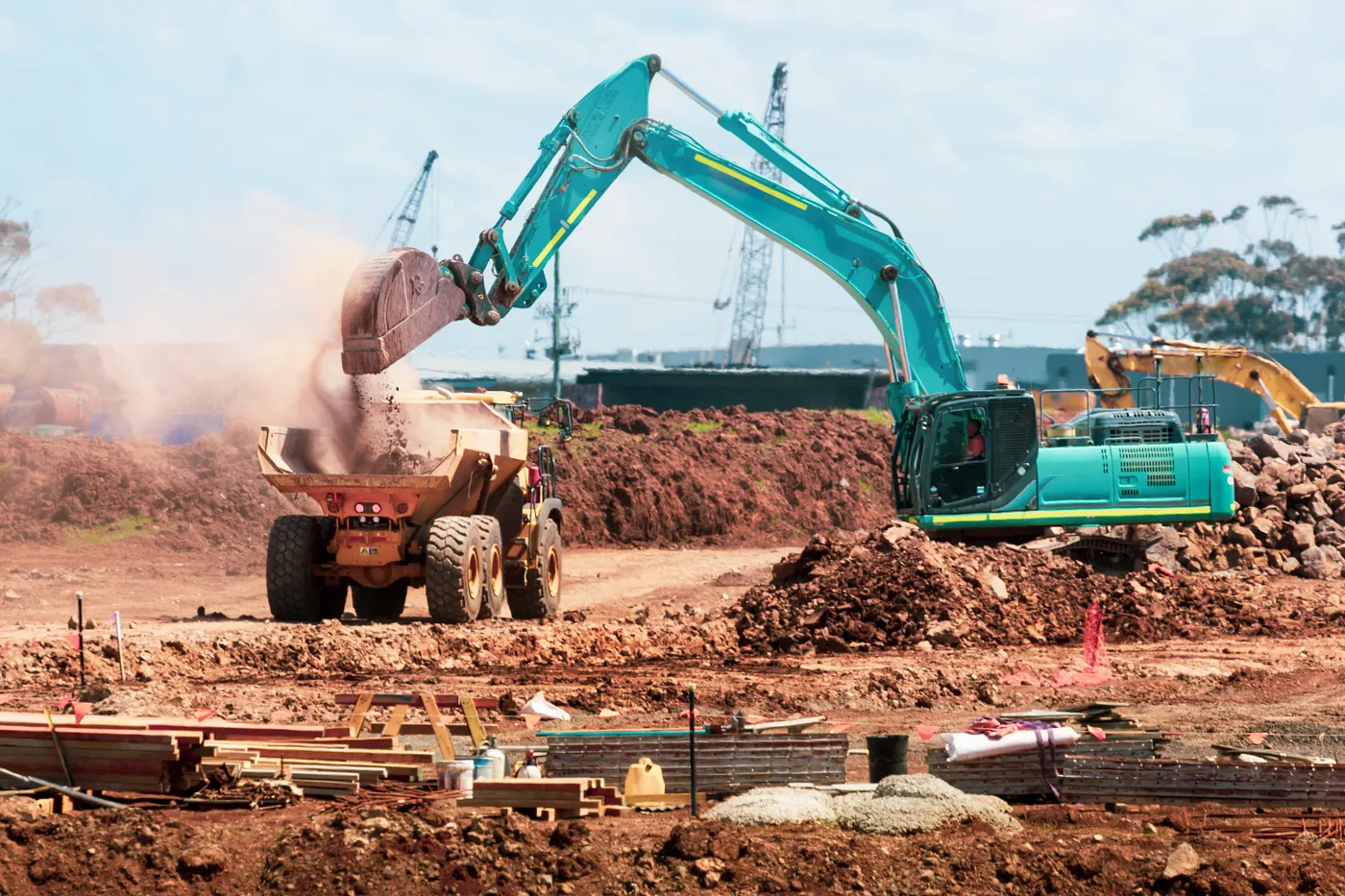A Deep Dive into Critical Path Method (CPM) for Construction Projects
In the labyrinthine world of construction management, time is more than just a ticking clock — it’s a precious asset. While various methodologies promise to streamline project timelines, the Critical Path Method or CPM, stands as an industry cornerstone. This proven technique has transformed the way construction projects are planned, executed, and completed. But what is it that makes CPM so invaluable? Let’s unravel this intricate web to understand how it can make or break your construction project.

The Genesis of CPM
The Critical Path Method traces its roots back to the late 1950s, initially gaining traction within the realm of construction management due to its methodical and scientific approach to scheduling. The beauty of CPM lies in its ability to identify the longest stretch of dependent activities, helping project managers pinpoint bottlenecks and optimize resources for maximum efficiency.
Why CPM Matters in Construction
In construction, every activity is a cog in a larger mechanism. A delay in one area can set off a domino effect, impacting various aspects of a project. The Critical Path Method can serve as your navigational compass, helping you identify the most critical activities that require meticulous attention. By prioritizing these key tasks, project managers can allocate resources wisely and mitigate potential delays.
The Mechanics of CPM
Identifying the critical path involves creating a network diagram that graphically depicts all the tasks and their interdependencies. This web of activities is then meticulously analyzed to identify the sequence of tasks that cannot afford any delays. The path thus derived is your critical path, and it sets the baseline for the project timeline.
Real-World Applications of CPM
While the concept might sound abstract, its real-world implications are concrete. For instance, consider a large-scale construction project like a multi-story building. Activities like laying the foundation, erecting walls, and installing electrical systems are interlinked. The CPM can precisely tell you which of these activities is most time-sensitive, allowing you to direct resources and attention where they are most needed.
The Role of Software

Today, technology has eased the implementation of CPM. Various software solutions are specifically designed to automate the process of identifying and managing critical paths. Though manual calculations are still possible, project management software like TaskTag can simplify this complex task, offering you the luxury of focus where human expertise is indispensable — decision-making.
Challenges and Limitations
While CPM offers a host of benefits, it’s not without its drawbacks. One of the primary challenges is its dependency on accurate data. If there’s an error in the initial input, even the best CPM algorithm can lead you astray. Furthermore, the method does not account for unforeseen disruptions like weather conditions, which are all too common in the construction industry.

The Critical Path Method isn’t just a tool; it’s a philosophy that encapsulates the essence of effective project management in construction. By dissecting complex projects into manageable parts and prioritizing them based on their impact on the timeline, CPM provides a road map for success. Its limitations notwithstanding, when applied correctly and supplemented by modern software, CPM stands as an irreplaceable asset in any construction manager’s toolkit.
As you gear up for your upcoming construction project, bear in mind that mastering the Critical Path Method can significantly contribute to your project’s success. Given the high stakes involved in construction management, it would be prudent to leverage all available resources and methodologies, including CPM, to optimize outcomes.





